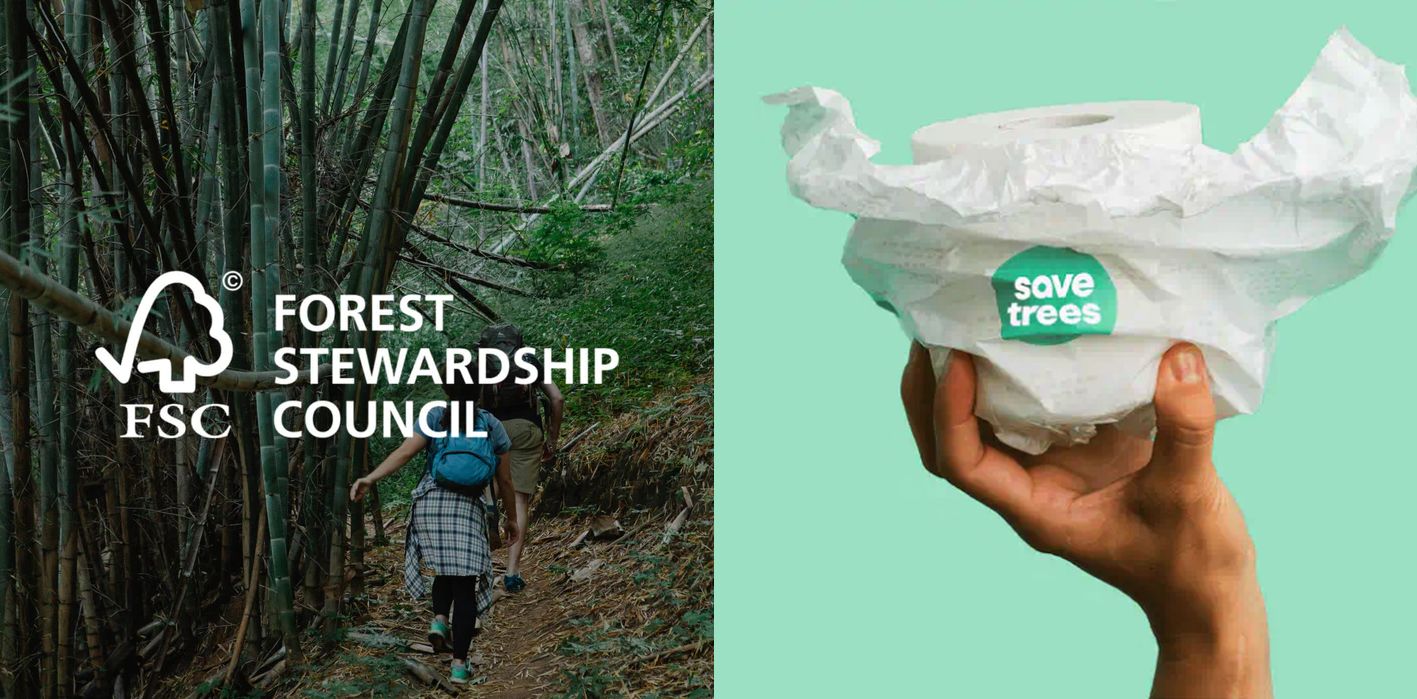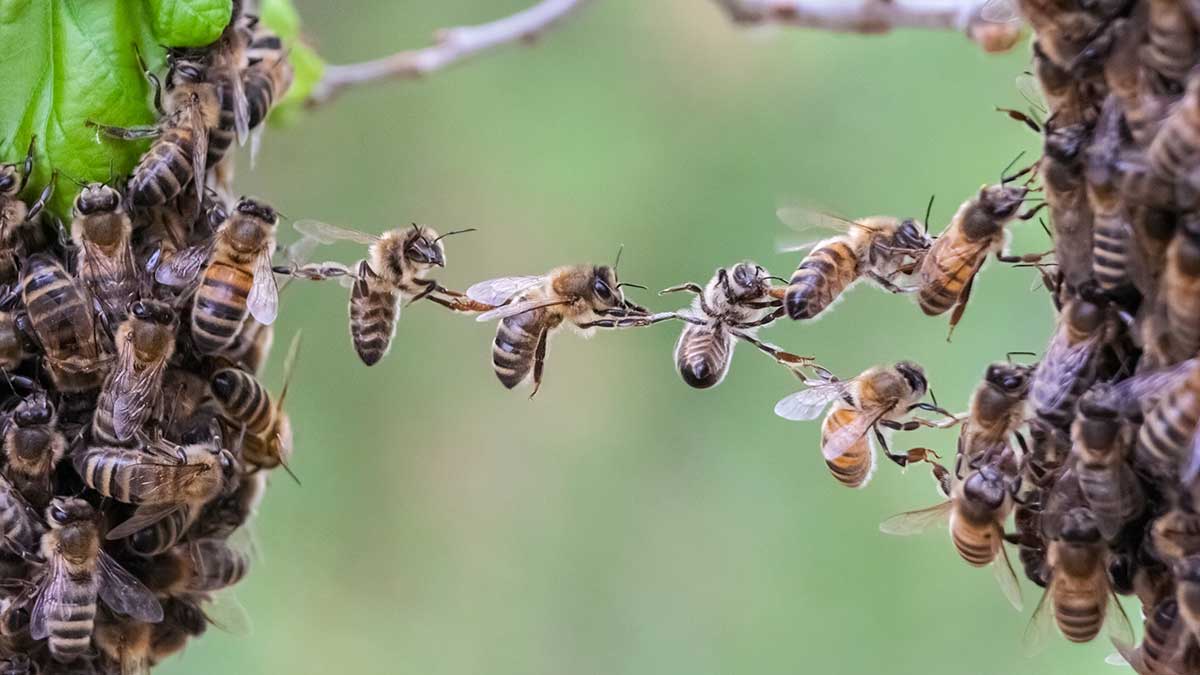Author – Soundariya Ravi Shankar
The demand for tissue paper products is growing steadily across the world, bringing their environmental impact under scrutiny. About 51% of all tissue paper used globally is toilet paper, which is a major cause for deforestation, extensive water use, and carbon emissions. This article explores the environmental impacts of conventional tissue papers and highlights why bamboo toilet paper is a better alternative. Additionally, we’ll introduce trusted brands offering high-quality bamboo toilet paper options.
Issues with Conventional Tissue
Tissue paper is a collective term for a wide range of paper products such as toilet paper, paper handkerchiefs, facial towels, napkins, and face masks. It takes approximately 37 gallons of water to make a single roll of tissue paper, and a staggering 384 trees are cut down to provide a single person’s lifetime supply of toilet paper. This environmental toll highlights the broader issue of conventional tissue production, since a significant portion of the cellulose fibers used around 80% originate from forests, and most of these fibers are never recycled. Around 10% of global paper production is dedicated for producing tissue paper.
The process of sourcing virgin pulp, especially from countries like Canada, Brazil, Indonesia, and the United States, often leads to deforestation. In places like Canada and Indonesia, valuable forests are cleared to make way for pulp plantations. This not only results in the loss of biodiversity but also exacerbates climate change. The carbon footprint of tissue products made from virgin fiber is three times higher than those made from recycled materials, due to the carbon released during the production process and the destruction of forests that serve as carbon sinks.
The following table highlights the largest pulp-exporting countries in 2020 and their primary export destinations. This gives a clear picture of the global demand for virgin pulp, often at the cost of our forests:
World’s Largest Pulp Exporters in 2020
| Country | Pulp exported (million tons) | Top export destinations |
| Brazil | 15.6 | 48% to China, 23% to Europe, 15% to the US, 14% to other countries |
| Canada | 8.6 | 49% to China, 34% to the US, 17% to other countries |
| United States | 7.8 | 24% to China, 20% to Europe, 56% to various other countries |
| Indonesia | 4.9 | 75% to China, 25% to various other countries |
| Chile | 4.2 | 60% to China, 40% to various other countries |
Source: Aidenvironment
Countries like Brazil, Canada, and the United States are major players in the export of virgin pulp. This demand places immense pressure on the remaining forests, particularly in tropical regions and old-growth forests, pushing them closer to the brink of complete destruction.
The consequences of deforestation extend beyond the environment. Wildlife, such as the boreal caribou in Canada, is directly impacted by habitat loss. The boreal forest, one of the most carbon-dense ecosystems, is particularly vulnerable. When these forests are logged, the stored carbon is released into the atmosphere, contributing to global warming. In fact, clearcutting in the Canadian boreal forest alone releases millions of metric tons of carbon dioxide each year, which significantly impacts climate change efforts.
The tissue industry’s reliance on virgin fiber from endangered forests underscores the urgent need for sustainable alternatives. Consumers and companies alike must consider the environmental impacts of their choices and explore options like recycled fibre or bamboo-based products to reduce harm to our forests and the planet.
Bamboo Toilet Paper: A Greener Alternative

Bamboo has quickly emerged as a sustainable alternative in various industries, from clothing to sheets to paper products. It is considered to be the fastest-growing plant on the earth and with its ability to thrive without fertilizers. From a scientific perspective, bamboo belongs to the grass family, not to trees. It also regenerates from its roots, eliminating the need for replanting, which makes it highly sustainable in comparison to many other plants. These qualities have earned bamboo a reputation as a super sustainable wood material.
Products made from 100% bamboo are biodegradable and compostable. This makes bamboo a far more sustainable option than paper products made from trees, which can take much longer to break down. Bamboo tissue products also produce 30% fewer carbon emissions than those made from 100% virgin forest fibers, further enhancing their environmental benefits.
Production Process of Bamboo Toilet Paper

To make bamboo toilet paper, stalks of bamboo are first broken down into thin fibers. These fibers are then processed into pulp, which undergoes soaking, pressing, and drying to form the soft and durable rolls we use daily. The process is similar to that of traditional wood-based toilet paper, but it avoids the harmful environmental impact of depleting forest ecosystems, making it a more sustainable option.
Companies like Save Trees produce eco-friendly, 100% bamboo toilet paper sourced from responsibly-managed forests. Their plastic-free, recyclable packaging is carbon-neutral, while their toxin-free paper is free of harmful chemicals, making it safe for both the planet and your body. Further, bamboo toilet paper is safe for your septic tank and plumbing because it’s made from natural grass. Bamboo dissolves easily in water and breaks down quickly, leaving no harmful residue behind.
In conclusion, bamboo toilet paper offers a sustainable and eco-friendly alternative to conventional tissue products. With its fast growth rate, minimal resource requirements, and biodegradable properties, it helps reduce the environmental toll of traditional toilet paper. By choosing bamboo-based options, consumers can support a healthier planet while maintaining convenience in their daily lives.
Source link
Soundariya www.ecoideaz.com


